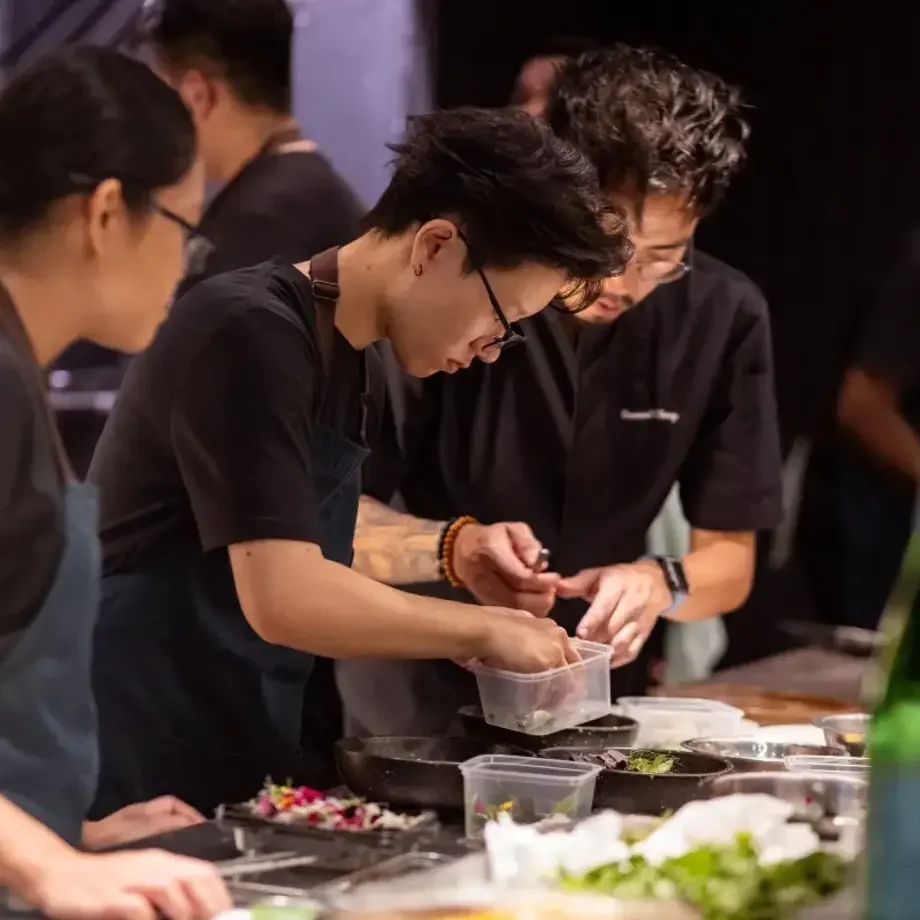Small hot pockets of mashed potatoes and peas, fragrant with spices, encased in a crunchy fried pastry and dipped in a cool, tangy, yoghurt chutney... A good, homemade samosa is nothing like the cardboard lookalikes found in plastic boxes in your supermarket’s ready-to-eat aisle.
These deep fried, triangular shaped pastries are a well-known staple in Indian cuisine where they are found as a street snack in the northern part of the country. There, spicy samosas are served alongside herby chutneys or in chaat - a type of dish widely found all over the Indian subcontinent commonly consisting of potatoes (or some sort of fried dough, or samosas, in our case), yoghurt, chutney, chopped onions, coriander and chaat masala.
Its ubiquitous presence on Indian restaurant menus would leave you forgiven for thinking it was a uniquely Indian dish. The samosa, in its various shapes and forms, is also found in the cuisine of countries such as Bangladesh, Nepal, Pakistan, Burma, Indonesia, and as far as Israel in the Middle East where it is called sambusaq. Its origins lie in the ancient empires of the Iranian plateau at the dawning of civilisation. The first reference to samosas can be found in the writings of the 11th-century Persian historian Abul-Fazl Beyhaqi, who describes these delicate pastries as being eaten in the courts of the Ghaznavid empire. But as the delicacy travelled over the Himalayas to the Indian subcontinent, the influence of the various cultures it passed through eventually saw it morph into the less refined peasant fusion dish we know today.
How to Make Samosas
If the aforementioned supermarket ‘ethnic food’ samosas are your only memories of this delicious snack, then homemade samosas will be nothing short of a revelation to you and your tastebuds.
A classic samosa recipe may look like long-winded exercise. But look closely and you will find that a lot of the ingredients are different spices, many of which can be thrown in together in one step. An Indian samosa typically contains coriander seeds, garam masala and fennel seeds, but if you are a fan of Indian cuisine then you will already have these on hand. Otherwise, check any small family-run ethnic supermarkets and stock up - they will form the bases for many great, warming curries ahead.
You can fry the samosa, like the traditional recipe, or opt for baking them on lined baking sheets instead. If you choose to fry the samosas, make sure to heat the oil to the right temperature (between 355-375F / 180-190C). Lower temperatures will make the samosa absorb more oil than needed. Get them golden brown and crispy and drain them on paper towels before serving.








